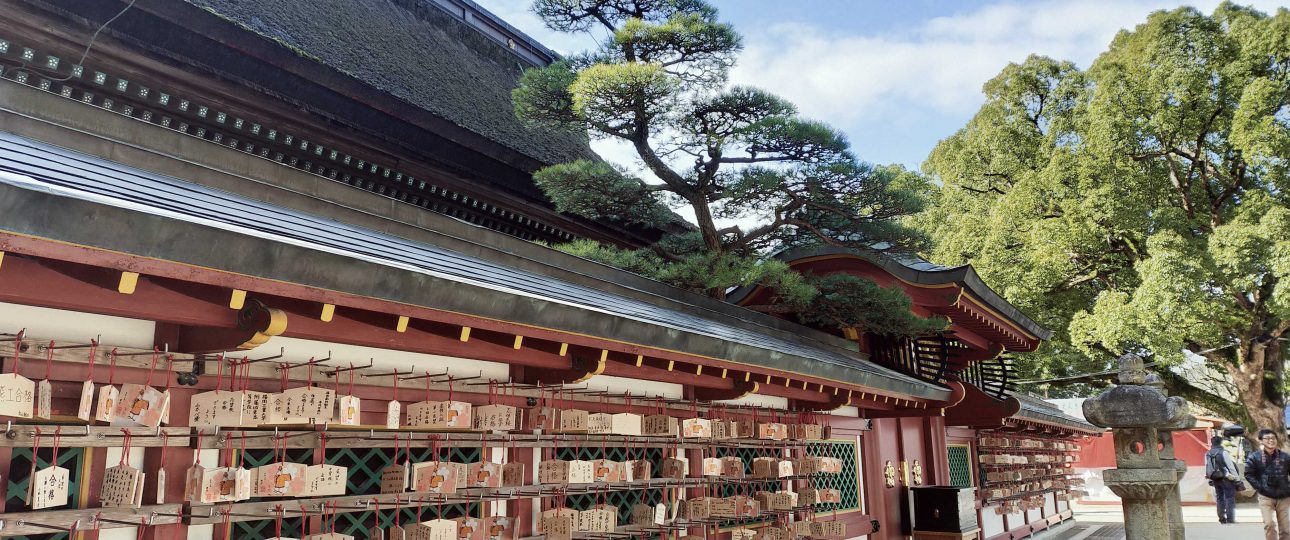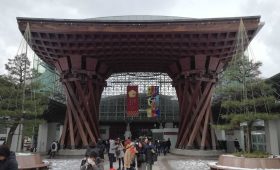Japan’s Cultural Hierarchy
Every country has its own culture that has been preserved or adapted. Many things, such as how we celebrate certain occasions or engage with our daily lives, can differ between cultures. However, we are primarily interested in the cultures of Japan and the Philippines. If you’re a Japanese citizen planning a trip to the Philippines, a Filipino citizen planning a trip to Japan, or just curious about the topic, this article may be useful.
Japanese are fully aware of their hierarchical positions which is an example of power distance. Everyone is born equal is a strong belief in the Japanese educational system.
Culture is one of the differences between Japan and the Philippines, both of which are Asian countries. Since Japan is a first-world country, their culture explains why it is highly preserved, whereas the Philippines has been conquered by various countries, which explains why we have adapted different cultures.
Japanese citizens respect their elders by bowing to them. Bowing is an expression of respect, greetings, or apologies. Another thing is that they place a high value on greetings. Depending on the time, they greet each other. ‘I’m back!’ and ‘Welcome back!’ they say to each other. When dealing with their families at home, they use the phrase “when dealing with their families.”
During their democratic rule, the Philippines developed their own culture, shaped by the western influences of Spain and America, which previously ruled the country. Their economy was also influenced by western power, primarily the United States. Despite the fact that they are now an independent country with their own rich culture, they still have a large population of people who live in poverty and are negatively impacted by other world powers.
Getting Familiar with their Societal Terms
INDIVIDUALISM
Japanese society shows many of the characteristics of a collectivistic society: such as putting harmony of group above the expression of individual opinions and people have a strong sense of shame for losing face. The most popular explanation for this is that Japanese society does not have an extended family system which forms a base of more collectivistic societies such as China and Korea. You could say that the Japanese in-group is situational. While in more collectivistic culture, people are loyal to their inner group by birth, such as their extended family and their local community. Japanese are experienced as collectivistic by Western standards and experienced as Individualist by Asian standards.
MASCULINITY
Society is driven by competition, achievement and success, with success being defined by the winner. This value system starts in school and continues throughout organisational life.
A Feminine society is one where quality of life is the sign of success and standing out from the crowd is not admirable. The fundamental issue here is what motivates people, wanting to be the best (Masculine) or liking what you do (Feminine).
Japan is one of the most masculine societies in the world. However, in combination with their mild collectivism, you do not see assertive and competitive individual behaviors which we often associate with masculine culture. What you see is a severe competition between groups. From a very young age at kindergartens, children learn to compete on sports day for their groups. In corporate Japan, you see that employees are most motivated when they are fighting in a winning team against their competitors. The expression of masculinity drives for excellence and perfection in their material production, ‘monodukuri’, material services (hotels and restaurants), presentation (gift wrapping and food presentation) and workaholism. It is still hard for women to climb up the corporate ladders in Japan with their masculine norm of hard and long working hours.
UNCERTAINTY AVOIDANCE
Japan has frequent threats of natural disasters, such as earthquakes, tsunamis (a Japanese term used internationally), typhoons, and volcanic eruptions. Under these conditions, the Japanese learned to anticipate any unforeseen circumstances. This applies not only to the emergency plan and precautions for natural disasters, but to all aspects of society. You could say that everything you do in Japan is pre-planned for maximum predictability. From birth to death, life is highly ritualized, with numerous ceremonies.
Every school year begins and ends with opening and closing ceremonies that are nearly identical throughout Japan. What people wear and how they should behave at weddings, funerals, and other important social events are detailed in etiquette books. Teachers and public servants are hesitant to do things that haven’t been done before.
In corporate Japan, feasibility studies take a lot of time and effort, and all risk factors must be worked out before any project can begin. Before making any decisions, managers demand all of the pertinent facts and figures. The high need for Uncertainty Avoidance is one of the reasons why change in Japan is so difficult.
LONG TERM ORIENTATION
The Japanese regard their lives as a brief chapter in humanity’s long history. From this perspective, the Japanese are not strangers to fatalism. In your lifetime, you can only do your best, and that is all you can do. They are guided in their lives by virtues and good examples and they are not familiar with the concept of a single, all-powerful God.
Corporate Japan’s long-term orientation can be seen in the constant high rate of R&D (Research & Development) investment, even in difficult economic times, higher own capital rate, and a focus on steady growth of market share rather than quarterly profit, among other things. They all contribute to the companies’ long-term viability. The idea is that businesses aren’t in business to make money for their shareholders every quarter, but to serve their stakeholders and society as a whole for many generations to come.
INDULGENCE
Japan is shown to have a conservative culture. They are prone to pessimism and cynicism. In addition, in contrast to indulgent societies, restrained societies place less emphasis on leisure time and exercise greater control over the fulfillment of their desires. People with this orientation believe that social norms limit their actions and that indulging themselves is wrong.
Comparison of Different Practices
In the Philippines, close friends hug and kiss(Beso-beso) when they greet one another while close male friends may hug each other and tap their backs or just by a handshake. We smile and wave at other people whenever we greet them.In greeting our elders here in the Philippines, we usually lay our forehead in the back of the hand of our elders to show respect. It is also used when parents arrive home to show respect.
In greeting with names, Japanese citizens call each other with their last names while adding suffixes like ‘-kun’ and ‘-san’ until they are allowed to call them by their first names. While in the Philippines, we use Mr., Ms./ Mrs. plus their surname in addressing until they are allowed to call them by their name or nickname.
Japanese use chopsticks while Filipinos use spoons and forks. Japanese people use chopsticks because it is considered more lacquer ware friendly than other sharp eating utensils. While we Filipinos prefer the easy way and use a spoon and fork. After eating, everyone craves dessert right? We Filipinos like sweets while Japanese prefer fruits. Lastly, Japanese people had a maintained diet. They only eat mostly 80% full and continue with their lives compared to us Filipinos which eat all we can until we are satisfied.
In Japan, they have group dates. In the New Year, they go to shrines, and girls with their kimonos. Their usual date venue are amusement parks, and lastly the couple splits the bill. Compared to the Philippines, we usually have a date or double date. In the New Year, the couples visit each other’s family and eat with them. They usually date at the mall, probably watch a movie, and the guy would pay for the date.
During the wedding, Kimonos are worn by the brides while Hakama are for the grooms. The picture of a tea set there signifies the Japanese tea ceremony, which is also called the ‘Way of Tea’, it’s a Japanese cultural activity for newly married couples. Lastly, Traditional Japanese weddings are held in the Shinto Shrines with a Shinto priest leading it.
Weddings are held like the modern western style weddings. The bride and groom wear the common wedding gown and suit. After the wedding, a flock of doves were released in the sky that signifies peace and harmony for the newly married bride. The bride had a bouquet of flowers thrown in the air and according to our traditional beliefs that whoever catches the throne flower would be the next in line for marriage. Lastly, weddings are held in a church lead by a Christian priest since most of the Filipinos are Christians.
As our journey ends, we come to the conclusion that Japan and the Philippines have their own unique culture and traditional beliefs that made them a country. They both continue their culture thus preserving them and keeping them alive. We must always remember our own culture when we visit other countries and we also need to respect the country’s culture to avoid unnecessary conflict that may arise or to keep ourselves from embarrassment. Remember the things that you’ve learned and apply them in your life.




